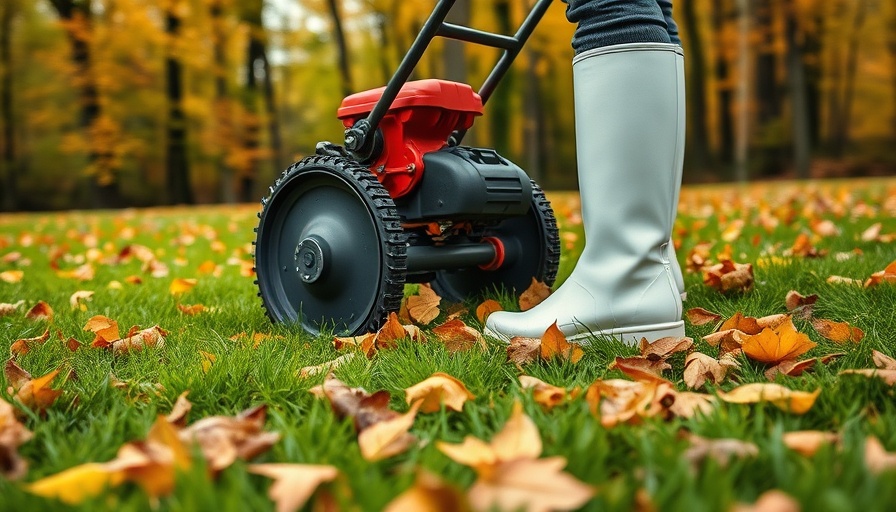
Understanding Dethatching: When Is the Right Time?
Dethatching is a crucial step for maintaining a healthy lawn. This process involves removing a layer of organic debris known as thatch, which can accumulate over time and hinder grass growth. The prime timings for dethatching depend largely on your grass type: cool-season grasses thrive on dethatching in the early fall or late spring, while warm-season grasses should be addressed in late spring to early summer. Timing is everything; get it wrong, and you could stress your lawn instead of helping it grow.
Identifying Signs You’ve Missed the Window
But what if it’s too late for dethatching this season? Lawn care experts suggest looking for certain signs to determine this. If you have noticed that your grass growth has slowed or temperatures have dropped significantly, it might be a warning that the opportunity for dethatching has slipped past. As Craig Elworthy from Lawnbright points out, waiting until about four weeks before the first frost is crucial. It gives the grass enough time to recover before winter dormancy sets in.
The Consequences of Late Dethatching
Dethatching too late can put immense pressure on your lawn. The blades of dethatching machines can leave your grass vulnerable during the colder months when it should be protected. Experts like Chrissie Handley emphasize the need to consider how well your lawn can bounce back from stress. If temperatures are too cool, it’s best to forgo dethatching until the next growing season to avoid damaging your lawn’s health.
What to Do If You’ve Missed the Best Time
Not every season has to be a time for dethatching. If you’ve missed the window, don’t despair! You can use this time to assess and improve other aspects of your lawn care. Activities like overseeding, lawn aeration, and ensuring proper fertilization can enhance your lawn's resilience and beauty come spring. Remember, the goal is a lush, green lawn, and being proactive about care can lead to success in subsequent years.
Plan Ahead for Lawn Care Success
As fall weather approaches, planning is key to effective lawn care. Use this time to research lawn care services available in Shelby, MI, that can assist with landscaping and maintenance needs through the winter. Whether it’s seasonal yard cleanup, pest control, or aeration services, ensuring your lawn is prepared now will yield rewards in the growing seasons ahead. Explore local resources and consider professional help for healthy, vibrant grass.
 Add Row
Add Row 
 Add
Add 


Write A Comment